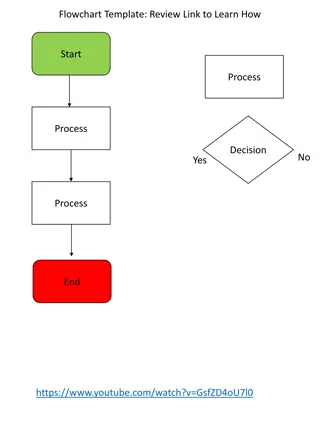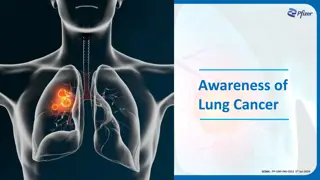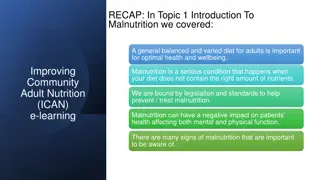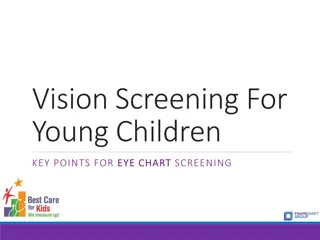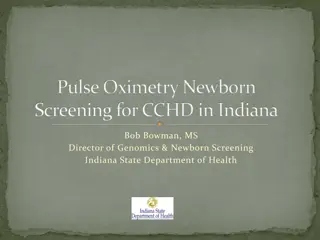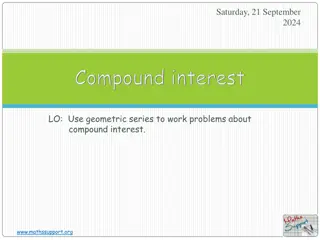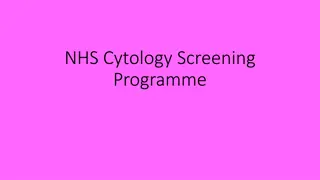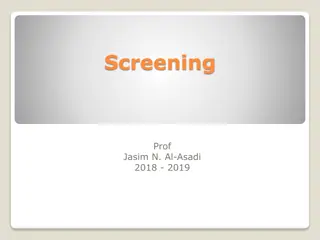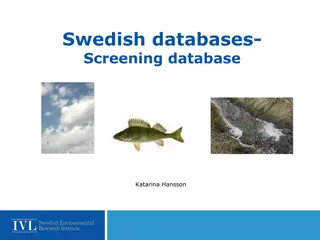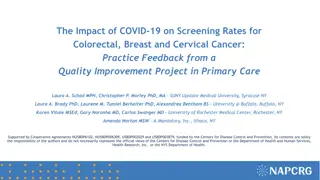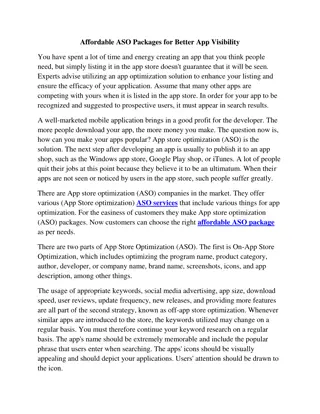Compound Screening and ASO Studies: Advancements in SCA2 Research
Our research encompasses compound screening and ASO studies to investigate the effects on ATXN2 expression in SCA2 mice models. With ongoing experiments and promising data, we aim to identify potential treatments for Spinocerebellar Ataxia Type 2. The research includes analyzing motor phenotypes, dosing studies, and evaluating various ASOs. Additionally, the study explores the role of AROSA as an antisense regulator of ATXN2 expression. Our comprehensive approach aims to unravel the complexities of SCA2 and pave the way for therapeutic interventions.
Download Presentation

Please find below an Image/Link to download the presentation.
The content on the website is provided AS IS for your information and personal use only. It may not be sold, licensed, or shared on other websites without obtaining consent from the author.If you encounter any issues during the download, it is possible that the publisher has removed the file from their server.
You are allowed to download the files provided on this website for personal or commercial use, subject to the condition that they are used lawfully. All files are the property of their respective owners.
The content on the website is provided AS IS for your information and personal use only. It may not be sold, licensed, or shared on other websites without obtaining consent from the author.
E N D
Presentation Transcript
Saturday February 15, 2014 PPG meeting Dan s part
Compound Screening Our compound screening grant has ended. We received partial datasets while the technicians in the NCGC continue work to complete screens. Last year I showed you data on the Na-K-ATPase inhibitor proscillaridin: In cell cultures 1 and 0.1 nM proscillaridin reduced ATXN2 expression but not cell abundance Transfection of ATP1A2 increased ATXN2 expression. We now are treating mice with doses of proscillaridin using Alzet osmotic pumps. Study is ongoing, these mice are still alive.
ASO studies using ATXN2-Q127 Tg B6 mice Last year I showed you our data that indicated ASO133 was best for inhibiting ATXN2 expression in ATXN2 Tg mice: Dosing study Injected with increasing doses of ASO 133, treated 7 days. Timecourse study Injected with 200 g ASO 133 5.7 l of 35 l/ml ASO. 120 Relative Expression (%) 100 hATXN2 mAtxn2 80 12 60 10 ATXN2 / Actin 40 8 3 3 3 3 N 6 20 4 0 2 100 g ASO 133 200 250 300 Saline 0 * N=2
More recently we are attempting to show ATXN2 ASOs reverse the SCA2 rotarod phenotype 200 ug ASO133 treated for 5 or 10 weeks yielded data like shown below. The motor phenotypes were not improved, but were more pronounced. Rotarod test of ATXN2-Q127 Tg mice, 12 weeks post ASO-133 injection W=WT, T=TG, S=Saline, A=ASO. N=8-10 Day 3: Time to 1st passive rotation Day 3: Total time on rod 200 200 150 150 Seconds Seconds 100 100 50 50 0 0 W-S T-S W-A T-A W-S T-S W-A T-A We now have ongoing experiments to solve this problem. One experiment uses 0, 50 and 100 ug ASO133 and another experiment will evaluate two other ASOs from the selection provided by Isis Pharmaceuticals that most significantly lower ATXN2 expression in our mouse models.
ATXN2 promoter-associated long noncoding RNA AROSA Antisense Regulator Of Spinocerebellar Ataxia Last year I introduced AROSA but showed very little data: AROSA transfection inhibits ATXN2 expression Laser capture microdissection demonstrated AROSA presence in purkinje cell layers of ATXN2 BAC transgenic mice, but not granule layers.
We now discovered literature showing FUS interacts with a cyclin D1 gene promoter associated lncRNA that negatively regulates CCND1 expression, and that the FUS interaction is mediated by a GGUG in the lncRNA. AROSA has a GGUG.
How FUS regulates CCND1: For CCND1, the lncRNA expression is stimulated by ionizing radiation. The lncRNA then recruits FUS to the CCND1 promoter where it inhibits the histone acetyltransferase (HAT) activity of CBP/p300 which is recruited to turn on CCND1 expression by CREB. Hypothesis for how FUS regulates ATXN2: ATXN2 has no CREB site, but CBP/p300 interacts with ETS1.
Spliced AROSA is immunoprecipitated with FUS Anti-FLAG RT-PCR FUS overexpression in HEK293 as a fusion with one-strep-FLAG, immunoprecipitated using streptactin beads. We will continue to characterize the roles of FUS and AROSA for possible therapeutic targets for SCA2 and ALS
Relevant literature on the AROSA part: FUS binds lncRNACCND1to inhibit expression Kurokawa, R., (2011). Promoter-associated long noncoding RNAs repress transcription through a RNA binding protein TLS. Adv Exp Med Biol. 722:196- 208. Song, X., et al., (2012). Promoter-associated noncoding RNA from the CCND1 promoter. Methods Mol Biol. 809:609-22. ATXN2 expression depends on ETS1 Scoles, D.R., et al., (2012). ETS1 regulates the expression of ATXN2. Hum Mol Genet. 21:5048-65. ETS1 interacts with CBP/p300 Foulds, C.E., et al., (2004). Ras/mitogen-activated protein kinase signaling activates Ets-1 and Ets-2 by CBP/p300 recruitment. Mol Cell Biol. 24:10954- 64. Yang, C., et al., (1998). A role for CREB binding protein and p300 transcriptional coactivators in Ets-1 transactivation functions. Mol Cell Biol. 18:2218-29.


